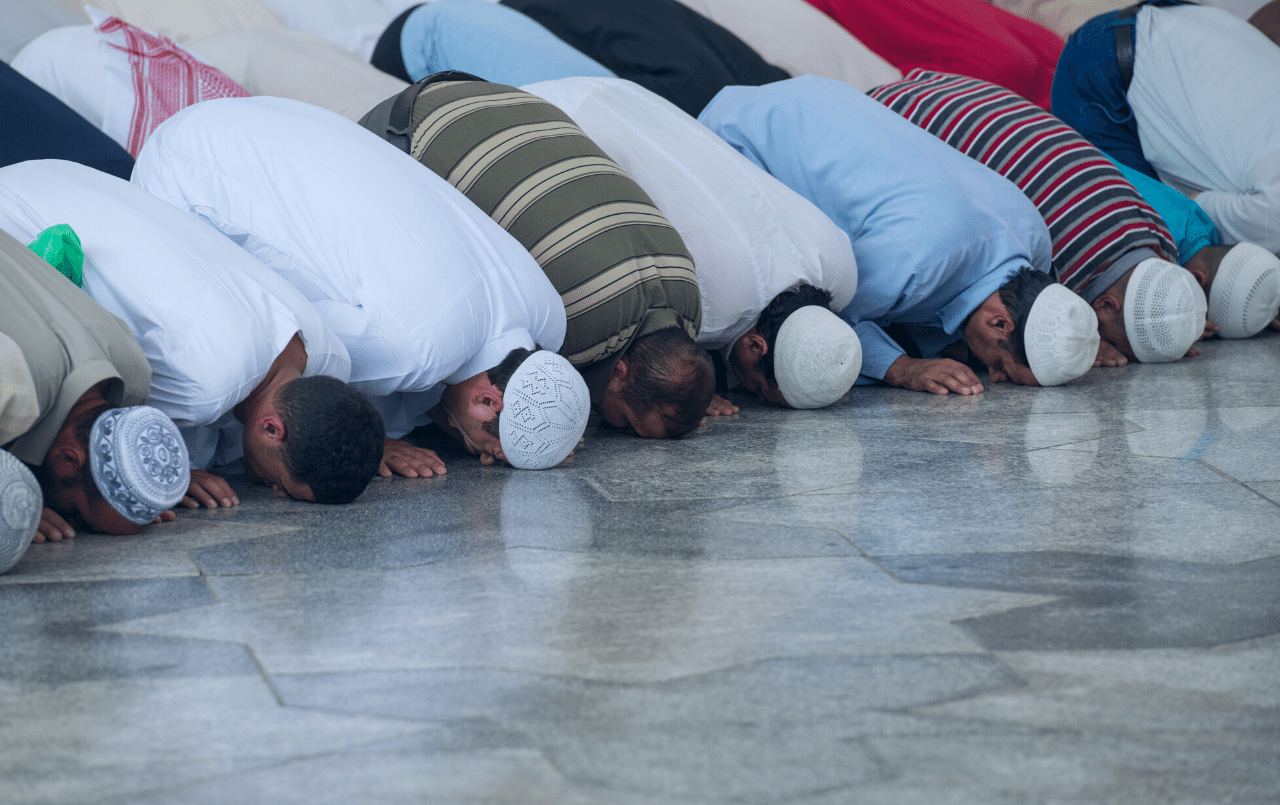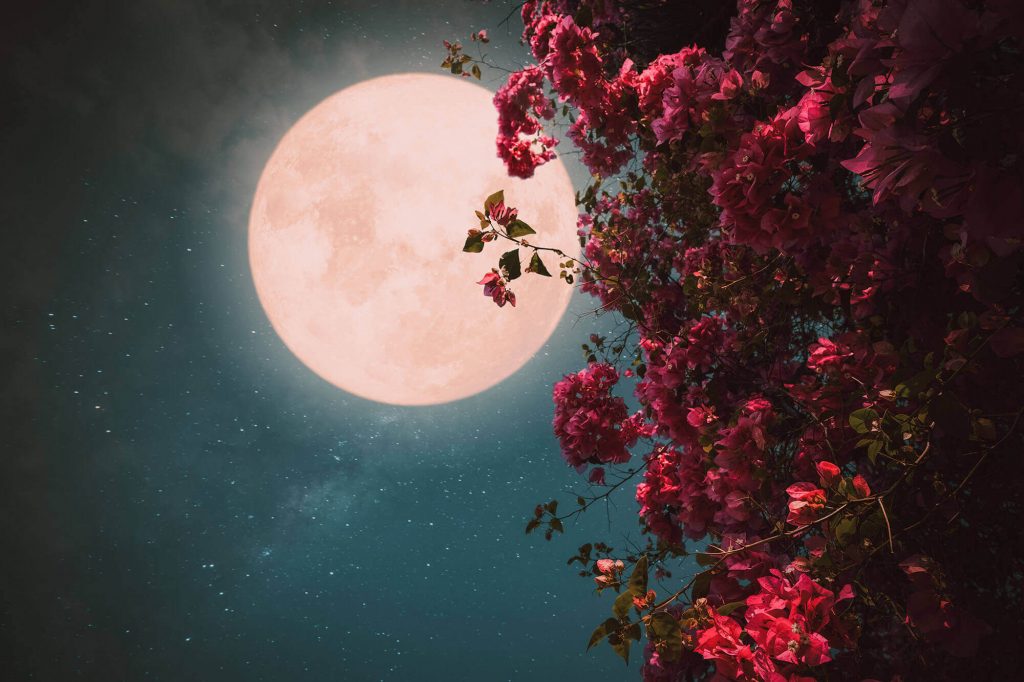
07 Dec Prayer times explained
Noor Ul Islam Prayer times and Islamic Dates explained
Many people visit the Noor Ul Islam website to find out prayers times and the Islamic dates. But how are prayer times calculated and why are there differences on some timetables? We explain below:
Prayer times
The Noor Ul Islam Prayer Timetable and website details the start times fo the five daily prayers as well as provide the Jama’at times (congregational prayer in the masjid).
London Unified Prayer Timetable
Together with many other masjids in London, Noor Ul Islam is using an agreed common prayer timetable, known as the London Unified Prayer Timetable.
How the prayer times are calculated?
Fajr
This is between daybreak (dawn) and sunrise. The sunrise time is taken from HM Nautical Almanac Office, with 3 minutes taken off for safety to allow coverage of the whole M25 region.
The jama‘at time at Noor Ul Islam is usually half way between the start time and Sunrise. However, we aim to keep the jama‘at time no later than 6:45am in winter.
Zuhr
Zuhr is after the Sun passes its highest point (Zawwal). The time is taken from Her Majesty’s Nautical Almanac Office, with 5 minutes added to ensure the sun has cleared its zenith. Zawwal is the mid-point from Sunrise to Sunset.
The jama‘at time at Noor Ul Islam is usually 1:00pm during the months of British Winter Time (i.e. GMT), and 1.30pm during the months of British Summer Time (BST). The Adhan is called 15 minutes before the jama‘at.
On Fridays, instead of the Zuhr prayers there is the special Jumu‘ah (Friday) congregational prayer. The prayer is preceded by a sermon, which starts around 12:20pm during GMT and around 1:20 during BST. To accommodate the number of people attending, a second Jumu’ah jama‘at is performed at 1:10pm (GMT) / 2:15pm(BST).
Asr
Asr is calculated with objects reach two shadow lengths (Hanafi). The times are taken from Her Majesty’s Nautical Almanac Office.
The jama‘at time at Noor Ul Islam is around half way from Asr start time and Sunset.
Maghrib
This prayer occurs soon after sunset. The sunset time is taken from HM Nautical Almanac Office, with 3 minutes added for safety to allow coverage of the whole M25 region.
The Adhan is called as soon as Maghrib begins (also the time to break fast when fasting). The jama‘at time at Noor Ul Islam is usually 2 minutes after the start time (6-8 minutes in Ramadan).
Isha
This begins after dusk. The time is based on the work of Hizbul Ulama.
The jama‘at time at Noor Ul Islam varies throughout the year. In winter, jama’at time is set earlier during the weekends.
FAQs
Where are these prayer times valid?
If you are within the region enclosed by the M25, which is all of London and more, then you can use these times. The jama‘at (congregational) times only refer to Noor Ul Islam Masijd; other Mosques and centres publish their times for the jama‘at.
I live in London but my local Mosque has different times, what should I do?
You should follow your local mosque.
I live outside the area of your timetable, what should I do?
You should follow your nearest mosque.
Why are there big differences between some mosques for Fajr, especially in the summer?
Determining the first light of day for Fajr (and the beginning of darkness for Isha) is not easy, especially during long summer days in northern latitudes. Scholars have approached this problem in various ways, which is why there are differences between timetables. ALL timetables can only give an approximation for Fajr times, as the first spreading light of dawn is greatly affected by atmospheric conditions over a large area, which can change a lot from day to day. People are continuing to study this issue, which will hopefully lead to more accurate methods in the future.
Islamic calendar
The Islamic calendar has 12 lunar months, each month beginning with the sighting of the new Moon. Each month is either 29 or 30 days long, so there are 354 or 355 days in the lunar year – shorter than solar year, which is why Islamic dates appear earlier each year compared to the Western calendar.
Diaries or apps that give the date and time of the new Moon can’t be relied on for determining the Islamic date, because these are not based on the sighting of the new Moon. Sighting depends on many factors, such as how many hours old the new Moon is, where it is in the sky after sunset, and of course the weather.
So, Islamic dates are known only approximately in advance; any calendar may be off by a day, depending on when the new Moon is actually sighted.
There are several methods for producing Islamic calendars; we currently use the Umm al-Qura Islamic calendar, and adjust it if the new Moon is sighted on a different day.
For key Islamic dates, such as the start of Ramadān (the ninth month of the Islamic calendar, which is the month of fasting), the end of Ramadān, and the start of Hajj, we wait for news of the sighting of the new Moon, then publish information about this.
White Days
The Noor Ul Islam Monthly prayer timetable refers to the White Days (or Ayaam Al Beedh). These are the 13th, 14th and 15th day of the Islamic
month (so the dates mentioned on the timetable are subject to the sighting of the moon).
It was narrated that Abu Dharr said:
The Messenger of Allah (peace and blessings of Allah be upon him) said to me: “If you fast any part of the month, then fast the 13th, 14th and 15th.” Narrated by al-Tirmidhi (761); al-Nasaa’i (2424).
It is therefore recommended to keep optional fasts on these days.



